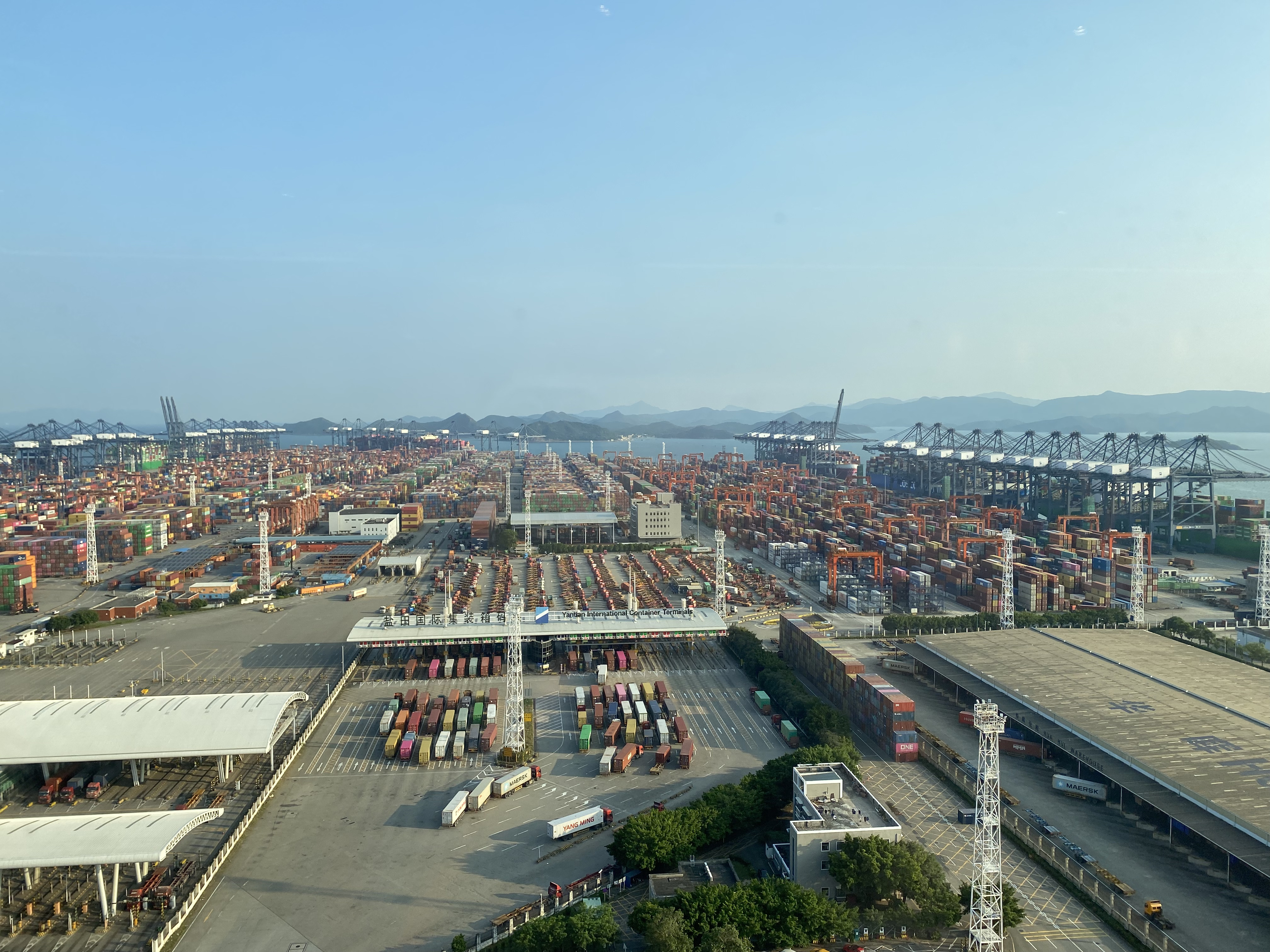Recently, ocean freight rates have continued to run at a high level, and this trend has concerned many cargo owners and traders. How will freight rates change next? Can the tight space situation be alleviated?
On the Latin American route, the turning point came at the end of June and the beginning of July. Freight rates on Mexico and South America West routes have slowly declined, and the tight space supply has eased. It is expected that this trend will continue in late July. From late July to August, if the supply on South America East and Caribbean routes is released, the heat of freight rate increases will be controlled. At the same time, shipowners on the Mexican route have opened new regular ships and invested in overtime ships, and the shipment volume and capacity supply are expected to return to balance, creating favorable conditions for shippers to ship during the peak season.
The situation on European routes is different. In early July, freight rates on European routes were high, and space supply was mainly based on current spaces. Due to the continuous rise in European freight rates, except for goods with high value or strict delivery requirements, the overall market shipment rhythm has slowed down, and the freight rate increase is no longer as strong as before. However, it is necessary to be vigilant that the cyclical shortage of capacity caused by the Red Sea detour may appear in August. Coupled with the early preparation of Christmas season, the freight rates on the European line are unlikely to fall in the short term, but the supply of space will be slightly relieved.
For North American routes, the freight rates on the US line were high in early July, and the supply of space was also mainly based on existing space. Since early July, new capacity has been continuously added to the US West Coast route, including overtime ships and new ship companies, which has gradually cooled the rapid rise in US freight rates, and has shown a price reduction trend in the second half of July. Although July and August are traditionally the peak season for shipments, this year's peak season is advanced, and the possibility of a sharp increase in shipments in August and September is small. Therefore, affected by the supply and demand relationship, it is unlikely that the freight rates on the US line will continue to rise sharply.
For the Mediterranean route, freight rates have loosened in early July, and the supply of space is mainly based on existing space. The shortage of shipping capacity makes it difficult for freight rates to fall quickly in the short term. At the same time, the possible suspension of ship schedules in August will push up freight rates in the short term. But overall, the supply of space will be loosened, and the increase in freight rates will not be too strong.
On the whole, the freight rate trends and space conditions of different routes have their own characteristics. Senghor Logistics remind: cargo owners and traders need to pay close attention to market trends, arrange cargo logistics reasonably according to your own needs and market changes, in order to cope with the changing shipping market and achieve efficient and economical cargo freight.
If you want to know the latest freight and logistics industry situation, whether you need to ship at present or not, you are welcome to ask us. Because Senghor Logistics directly connects with shipping companies, we can provide the latest freight rates reference, which can help you make shipping plans and logistics solutions.
Post time: Jul-08-2024













